May is a crazy month for most of us. End of school parties…projects…grading…barbecues…sports…the list goes on and on. And that’s just the START for a farmer. There are many tasks to accomplish and the calendar does not wait for a free day or nice weather.
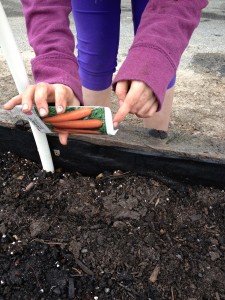 This past week, the school garden had a long list of chores:
This past week, the school garden had a long list of chores:
- Direct seed planting in raised beds
- Transplanting seedlings to garden
- Weeding
- Thinning
- Rescuing rogue kale plants discovered under a park bench
- Top dressing plants with compost
Fortunately, kids love to garden. The students of every grade knew exactly what to do.
 5th graders enthusiastically grabbed shovels and went to work delivering compost to the sides of each bush and planting.
5th graders enthusiastically grabbed shovels and went to work delivering compost to the sides of each bush and planting.
- Several carefully extracted seedlings from cells, pulled the bottom roots apart and placed in pre-dug holes, carefully patting soil around each plant.
- Lines were drawn in the soil and tiny carrot seeds were slowly tapped out of the seed envelope. A few more rows of spinach seeds were planted as well.
- 1st and 3rd graders remembered exactly how to form lines, taking turns to plant seeds in cells for more flowers, herbs and pumpkins.
- They also weeded with the expert eye of a hawk!
- The younger grades had the chance to taste test the discarded radishes as they thinned the bed.
How many adults would eat radish greens-No dressing to mask the spicy flavor?!
The enthusiasm and autonomy of each class was remarkable. There were many jobs to do and yet each child embraced the chores at hand. One class had spent the morning suffering through state testing. They had so much energy it was hard to contain them…but the digging and lifting and sharing jobs was the perfect antidote to the morning’s stressful cognitive exertions!
Equipment:
- Hands are the most important tool this week (planting, thinning, weeding)
- Shovels for top dressing
- Plastic plant markers make great seedling extractors
- Small shovel or trowel to dig up rogue kale plants
Directions:
- Refer to Getting Started with Seeds and All About the Dirt for great tips on how to plant seeds, plus best practices to organize groups to complete gardening tasks.
- Top Dressing: Take a shovel or two of compost and sprinkle (or dump) it around the base of a bush, plant or tree.
- Removing seedlings from cells: Gently take the plastic marker (or similar object) and slide it along the sides of the cell to loosen the roots. Wiggle a little then tip the marker up from the bottom so the plant comes out.
- Planting seedlings: after removed from the cell, gently pull the mass of root apart, so it appears to have two legs “Making pants,” as farmer Stephanie says. Pre-dig a hole slightly larger than the root ball and place the seedling in. Be sure all the roots are covered. Gently fill the hole with soil then tamp down firmly around the plant base.
Benefits:
- The hands continue to get a great strengthening work out (holding shovels, pinching and pulling up weeds, using index finger to dig lines in the soil).
- Fine motor dexterity develops as children learn to carefully manipulate the tender seedlings and plant tiny seeds.
- Lots of tactile stimuli provided as the hands work in the soil.
- Visual discrimination improves as students discriminate between weeds and “keepers.”
- The heavy work of lifting and moving around reactivates the brain for better attention in the classroom.
- Joy and wonder discovering that you are really growing food to enjoy and sustain!
This post reflects the partnership and creative collaboration between The Motor Story, Sustainable CAPE and Truro Recreation.
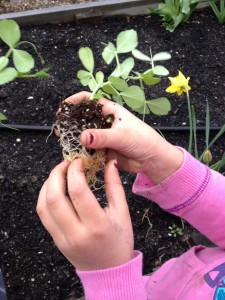
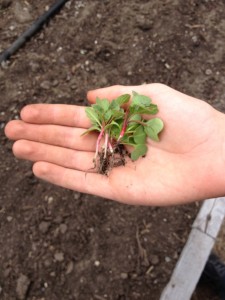
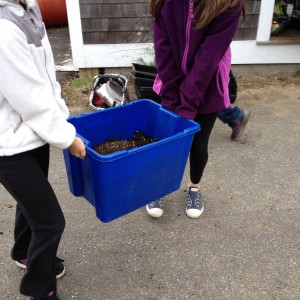
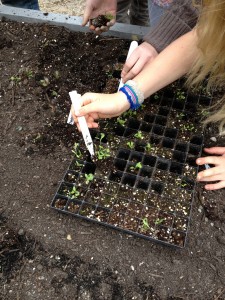
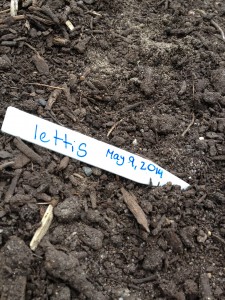
No Pings Yet